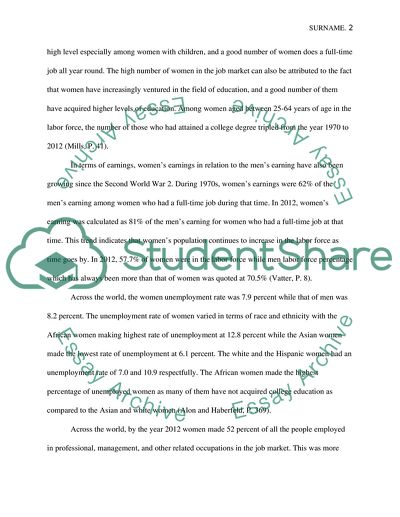Cite this document
(“Female labor force in Turkey Research Paper Example | Topics and Well Written Essays - 4000 words”, n.d.)
Retrieved from https://studentshare.org/social-science/1683876-female-labor-force-in-turkey
Retrieved from https://studentshare.org/social-science/1683876-female-labor-force-in-turkey
(Female Labor Force in Turkey Research Paper Example | Topics and Well Written Essays - 4000 Words)
https://studentshare.org/social-science/1683876-female-labor-force-in-turkey.
https://studentshare.org/social-science/1683876-female-labor-force-in-turkey.
“Female Labor Force in Turkey Research Paper Example | Topics and Well Written Essays - 4000 Words”, n.d. https://studentshare.org/social-science/1683876-female-labor-force-in-turkey.


